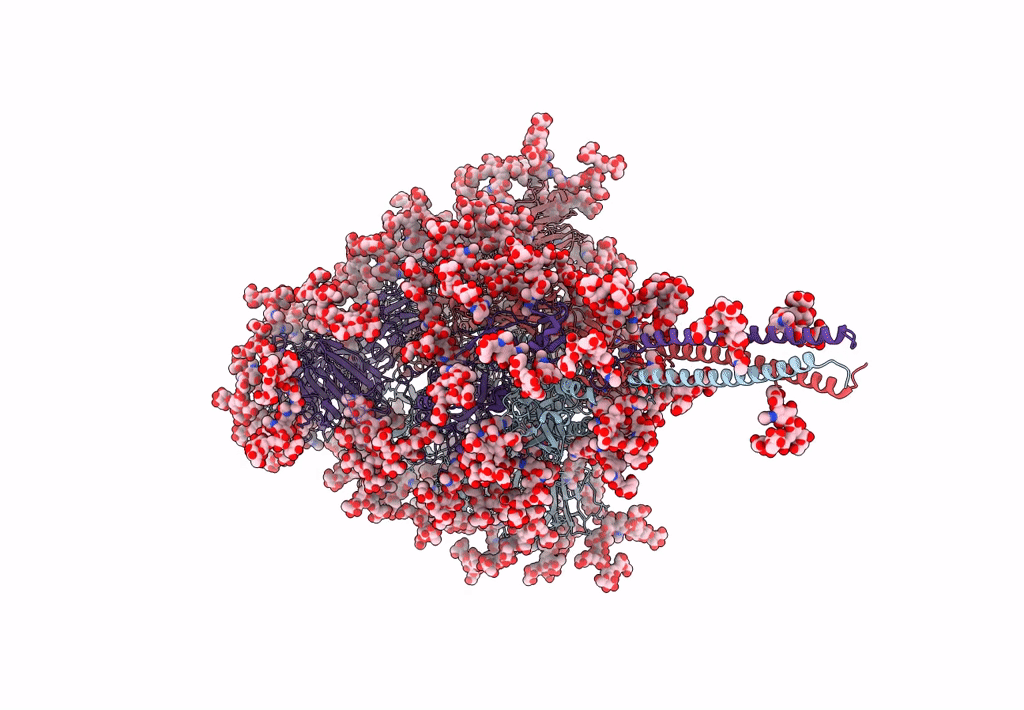
Deposition Date
2023-01-06
Release Date
2023-10-04
Last Version Date
2024-10-16
Entry Detail
PDB ID:
8FR7
Keywords:
Title:
A hinge glycan regulates spike bending and impacts coronavirus infectivity
Biological Source:
Source Organism:
Human coronavirus NL63 (Taxon ID: 277944)
Host Organism:
Method Details:
Experimental Method:
Resolution:
3.39 Å
Aggregation State:
PARTICLE
Reconstruction Method:
SINGLE PARTICLE


